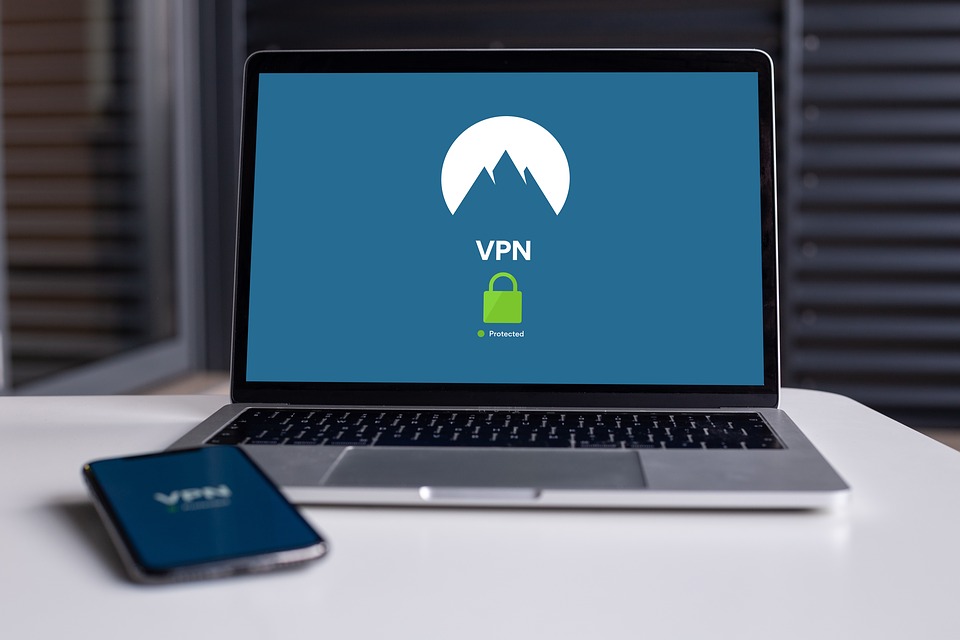Uncategorized
NIST Password Security Standards for 2020
The NIST (National Institute of Standards and Technology) works with federal agencies to set their security and password standards. They help organizations and businesses meet security and regulation requirements for regulations like HIPAA. Since 2017, NIST has been continuously revising its password guidelines. These revisions stem from recognizing human factors that lead to security vulnerabilities,…
Read MoreWhy Running an Unsupported OS Is a Terrible Idea
CentOS reaches the end of its life cycle in November. The question that organizations that run it and other operating systems that have reached (or are approaching) their end-of-life is this: what will happen if we continue to run this OS? Here are a few reasons why running an OS at the end of its…
Read MoreHow to Maintain Cybersecurity for Your Remote Workforce in 2020
It’s no secret in the industry that the more remote workers you have, the more vulnerabilities you open up in your business network. With the pandemic kicking the country in the teeth, having a workforce that works almost exclusively remotely is now a fact of life. This new normal is an old nightmare for IT…
Read MoreCOVID-19 Phishing Scams, and How to Avoid Them
“Never let a good crisis go to waste” is the mantra that phishers follow when taking advantage of societies in a state of panic. Criminals of all types invent new and horrific ways to exploit the fears and pains of the people suffering from the pandemic. Here are some of the methods cybercriminals will employ…
Read MoreTwo Years of GDPR – Has It Been a Success?
On May 25, 2018, GDPR came into effect. In that time, companies across the EU and the UK received nearly 500 million Euros in fines. The cybersecurity world always welcomes stricter measures on organizations that fail to secure their citizens’ and customers’ data. We are more than two years in. Has this law worked as…
Read MoreHow Developers Can Secure Mobile Banking Apps
Mobile banking apps open a wealth of growth opportunities for financial institutions. Unfortunately, they also create an avenue for criminals to steal the personal information these apps collect. Mobile banking security is a huge concern for mobile users; it’s t he number one reason why mobile banking adoption hasn’t caught on more than it has.…
Read MoreHow to Secure Your Router (Updated for 2020)
As we isolate ourselves during the pandemic, we need to access our data remotely and securely. Many workers started using VPNs to protect their connections, but recently there have been security incidents where running a VPN wasn’t enough. Using a VPN to access your network is a great start, but you need to consider other…
Read MoreHow to Keep Your Remote Workers Secure (According to Federal Guidelines)
In late April, The US Cybersecurity and Infrastructure Security Agency (CISA) branch of the Department of Homeland Security released a website to help companies protect their employees while working remotely. It includes teleworking best practices from both CISA and the NSA. Follow these steps to secure your company while your employees work from home. Install…
Read MoreHow to Protect Yourself from MFA Vulnerabilities
Security experts agree; there is a soaring rise in Multi-Factor Authentication (or MFA) vulnerability attacks. In the face of most offices now being forced to work remotely, concerns are growing about its reduced effectiveness in the face of staff absences. Let’s go over how Multi-Factor Authentication protects your data, what vulnerabilities we know of in…
Read MoreWordPress Plugin Security Tips to Keep Your Site Secure
The problem isn’t with the core WordPress engine, but with the plugins people install on their sites. WordPress engineers are working with plugin vendors to patch the leaks, but the responsibility ultimately lies with a constellation of independent development companies. To make matters worse, many WordPress users don’t update their plugins as often as they…
Read More









